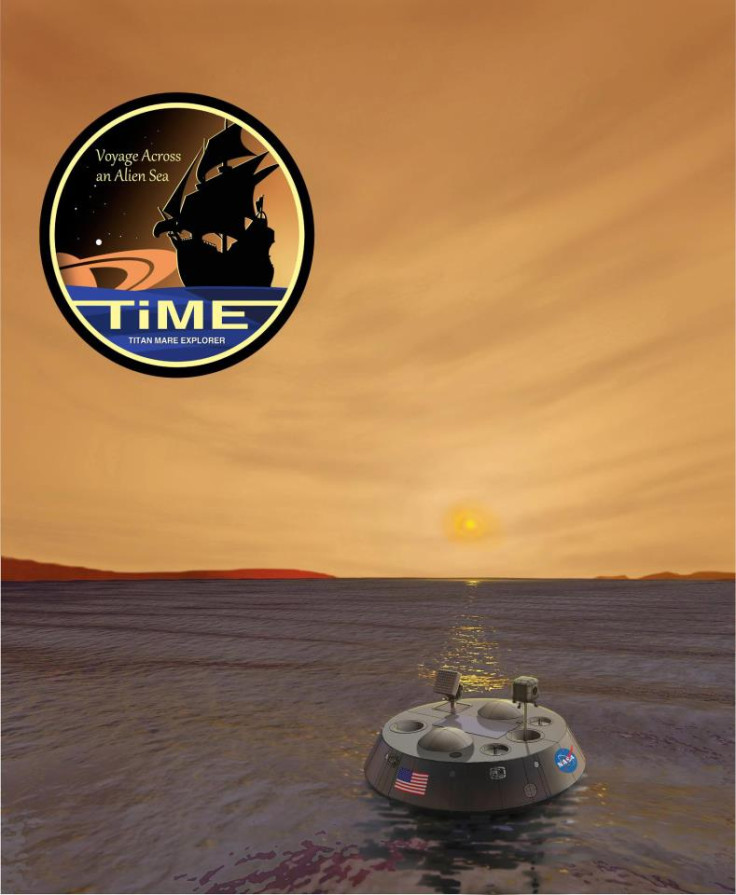Titan: Nasa Wants to Sail Boat on Methane Lake of Saturn's Largest Moon

Forget about rovers on Mars or growing vegetables in greenhouses on the moon– Nasa wants to dream even bigger and sail a boat on the methane lakes of Titan, Saturn's largest moon.
On Earth, methane is merely a gas and a contributor to depleting the ozone layer, but on Titan, which has a temperature of -180 degrees Celsius, the compound is a liquid.
In fact, the lakes on Titan contain a mixture of ethane and methane, and the planet shares a similarity with Earth in that its surface is also broken up by lakes and rivers.
Nasa's chief scientist Dr Ellen Stofan has been wanting to sail a boat on Titan's icy methane lakes since at least 2010.
Together with a team of researchers, she presented a plan for the Titan Mare Explorer (TiME) in 2012, but it lost out to the InSight Mars Lander proposal for the 2016 mission.
In line with the current fascination with Mars, InSight's aim is to analyse the core of Mars to find out whether it has a solid or liquid core, as well as whether it has plate tectonics and fault lines.
Making TiME for Titan

Nevertheless, Stofan continues to persevere with her dreams for the first exploration of an extra-terrestrial sea.
Scientists have hypothesised that it might be possible for microscopic life forms to survive in Titan's lakes without liquid water.
"There's a huge question of whether you really need water for life," Dr Stofan told The Times.
The TiME mission would involve parachuting a boat lander onto Titan's Ligeia Mare polar sea. The TiME probe would bob on the surface of the sea for 96 days taking measurements, powered by heat from an on-board plutonium supply.
"It is essentially a drifting buoy much like those used in terrestrial oceanography. The dominant movement is due to the wind so you can think of it as sailing," said Dr Ralph Lorenz, of Johns Hopkins University in Maryland, who has taken over as principal investigator of the TiME project.
Manned mission to Mars comes first
Nasa is now accepting mission proposals for the mission launching in 2021, but the scientists working on TiME don't think that it will be possible to launch the mission so soon.
"Realistically a mission like this now needs to wait until about 2040," said Lorenz.
According to Stofan, Nasa is still focused primarily on Mars, with the aim of launching the first manned mission to the planet by the 2030s.
The current problems that scientists are busy figuring out are how to bring a spacecraft into a soft landing in just seven and a half minutes, as well as how to shield astronauts from the powerful radiation on Mars.
© Copyright IBTimes 2025. All rights reserved.





















